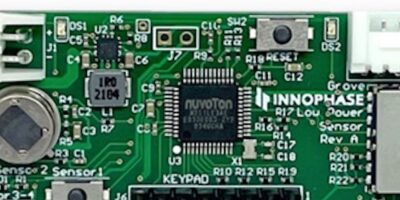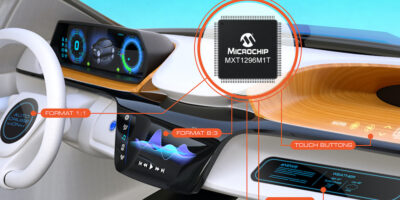Two wireless modules, smaller than the earlier Talaria TWO models, have been announced by InnoPhase. The fabless semiconductor company has introduced the
Talaria TWO INP1014 and INP1015 Wi-Fi plus Bluetooth Low Energy 5 modules.
They combine wireless connectivity and an integrated microcontroller for edge-of-network IoT devices that require low power consumption and a direct-to-cloud connection, says the company. The modules ar3 40 per cent smaller than the INP1010 and INP1011 models introduced in 2020.
The Talaria TWO INP1014 and INP1015 Wi-Fi plus Bluetooth Low Energy 5 modules are designed for the development of smart IoT products, such as connected sensors, security cameras, asset tracking devices, health monitoring wearables and audio speakers.
The INP1014 and 1015 modules are claimed to provide the industry’s lowest power Wi-Fi connectivity by virtue of its programmable, digital radio architecture. They include multi-protocol Wi-Fi and Bluetooth Low Energy 5 long range for wireless data transfer, an embedded Arm Cortex-M3 for system control and user applications, plus advanced security elements for device safeguards. They can operate in standalone mode, in conjunction with an external microcontroller or in a hybrid mode. The miniaturised form factor includes various antenna options and global certifications for extended battery life.
“By 2025, ABI Research expects the IoT Wi-Fi segment that can benefit from such low power innovations to reach over 1 billion devices,” said Andrew Zignani, principal analyst, ABI Research.
To showcase the ease of integrating the INP1014 and INP1015 into smaller IoT devices, InnoPhase developed a low power sensor board reference design that enables product creativity and shortens time to market.
InnoPhase is headquartered in San Diego, California, USA and is a fabless wireless semiconductor platform company specialising in extreme low power wireless IoT solutions. It developed the Talaria TWO multi-protocol chipset with what is claimed to be the world’s lowest power Wi-Fi radio using a programmable digital polar radio architecture.







